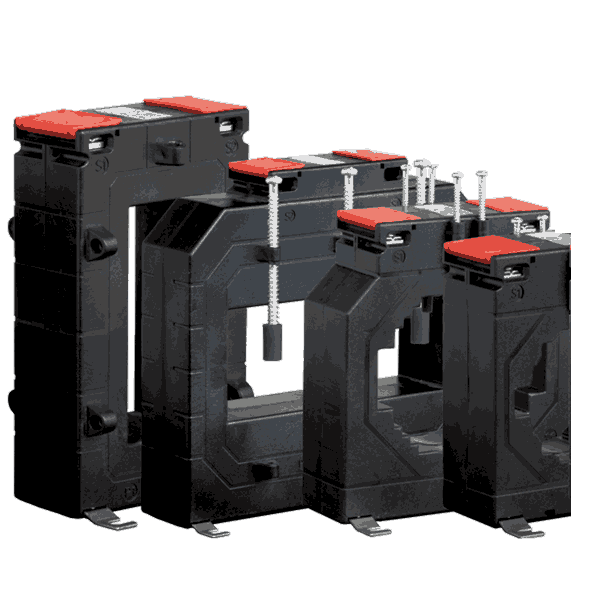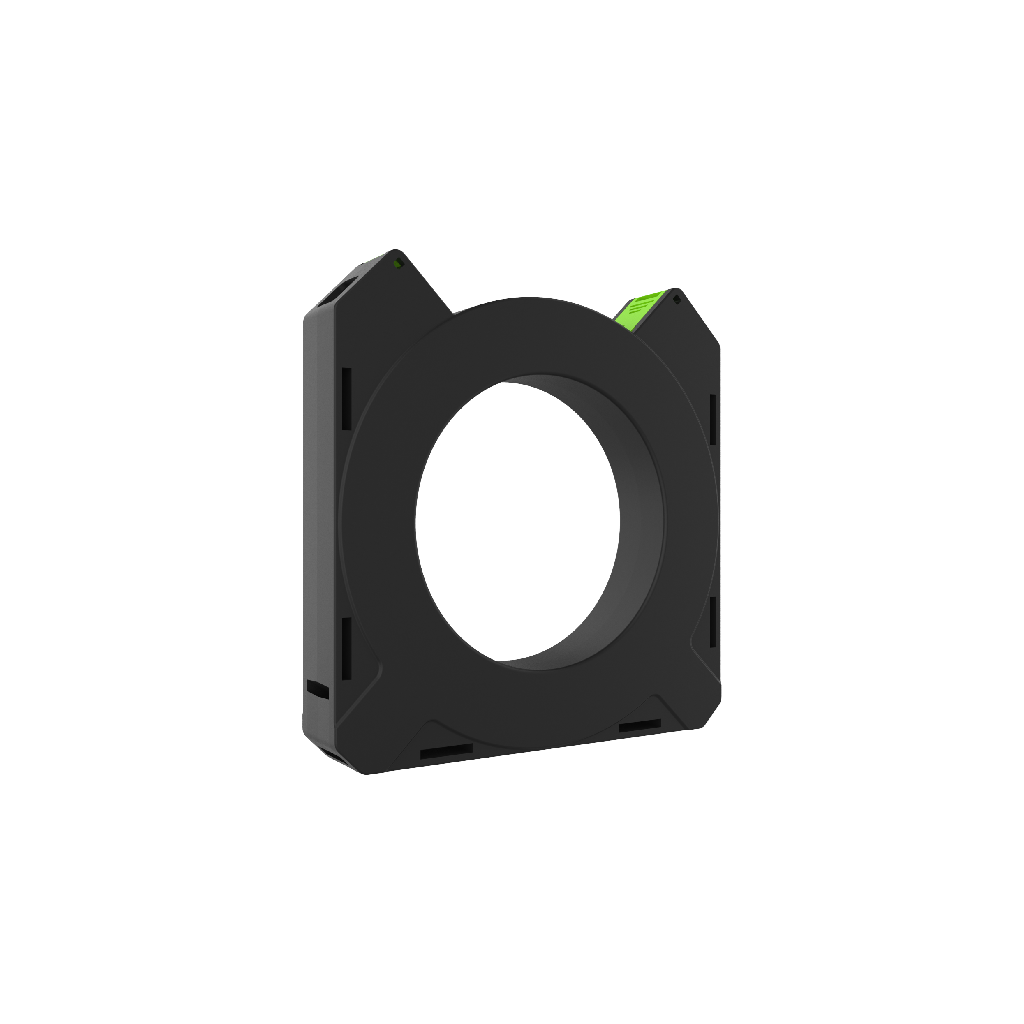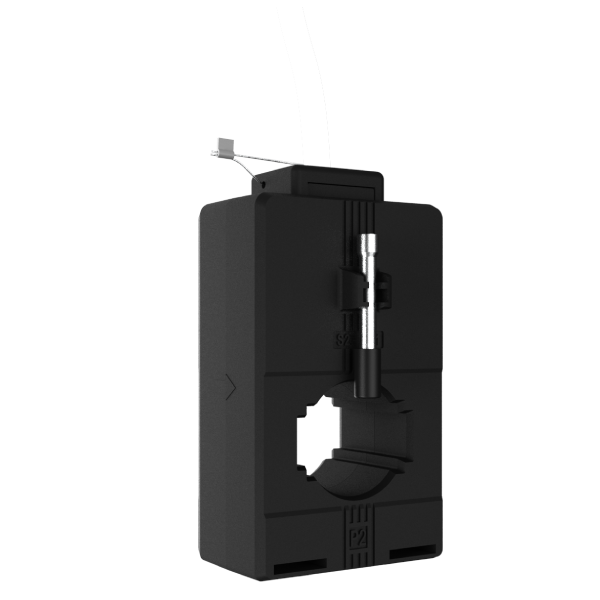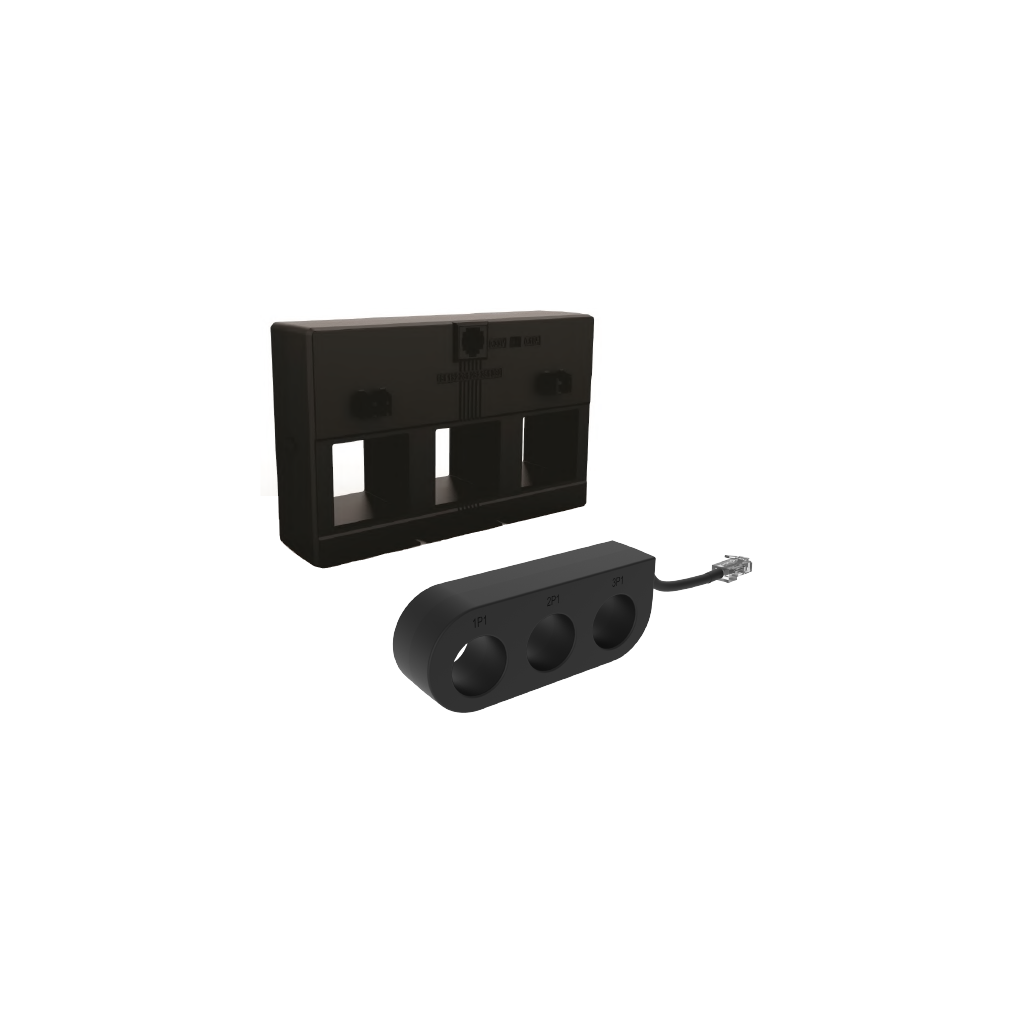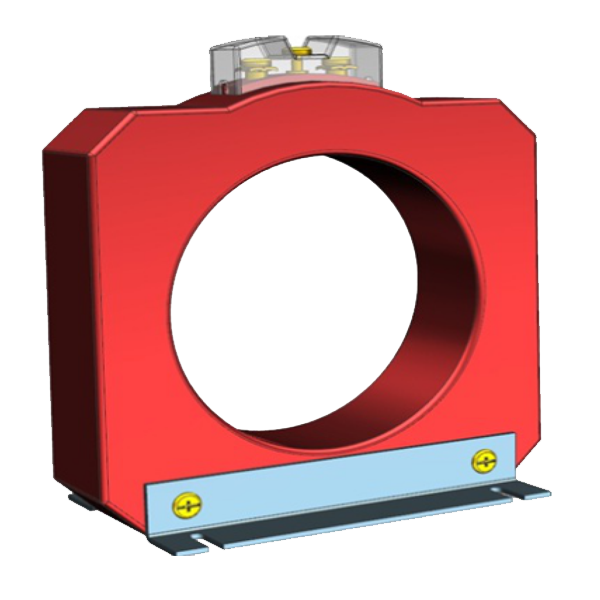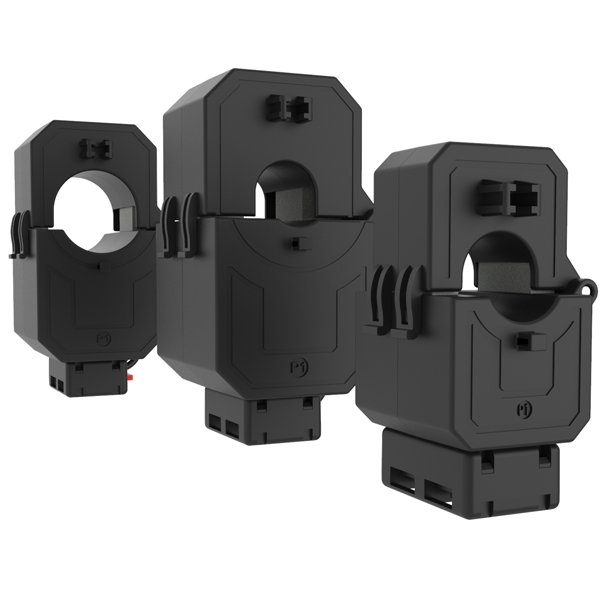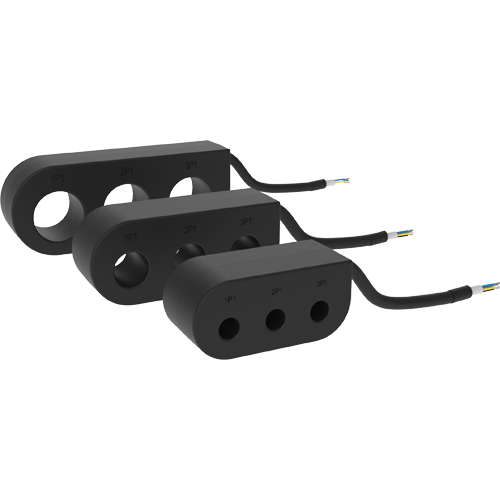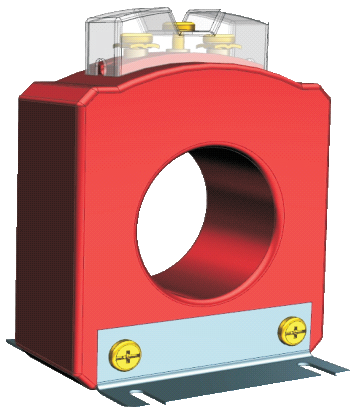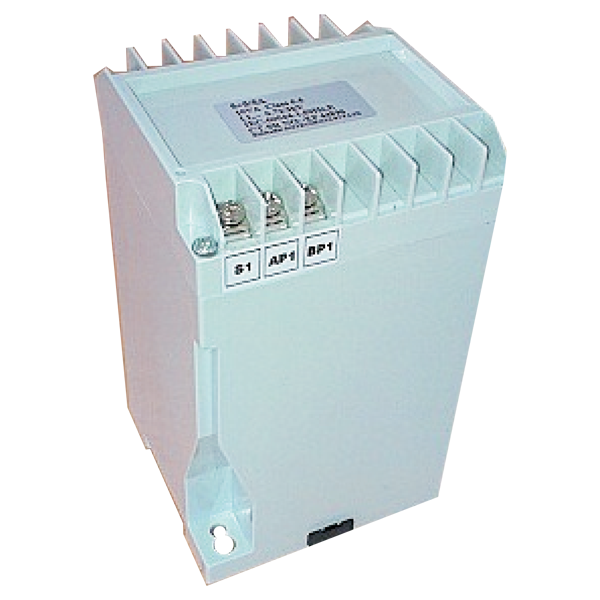RISH Xmer Series Square type CTs
Rish X’mer CTs are square type and encapsulated with UL94V-0 approved polycarbonate. Metering CTs feature with wire sealable terminal covers & wide range of primary current ratings, Bus bar sizes, case widths. Wall, cable, bus bar & DIN rail mounting options available.
Download & Share
Features
- Comprehensive measurement of class accuracy.
- Cost effective moulded case current transformer.
- Wide range of system current ratings, bus bar sizes, case widths and apertures.
- Various mounting options like wall mounting, cable mounting, bus bar mounting, DIN rail mounting.
- Wire sealable terminal covers.
Polycarbonate case having UL 94 V-0
Rish X’mer square type CTs are housed in robust case with classical finish. The case is made of polycarbonate, which is flame retardant and non-drip and confirms to international regulations UL 94 V-0. Polycarbonate is a very tough and light weight engineering plastic material which has got the best mechanical properties very close to a metallic housing.
Main types of X’mer series CTs
There are two main types of Rish X’mer CTs. The first one is Rish X’mer wound primary series CTs which consists of both primary and secondary windings. This type has two sizes 62/W (40) and 74/W (40).
The second type is Rish X’mer series window type CTs which consists of secondary winding and primary has to be wound through the hole provided. This type has many sizes according to standard bus-bar sizes.
Some important terms used in X’mer CTs
Current error (Ratio error) :- The error with a transformer introduces into the measurement of current and which arises from the fact that actual transformation ratio is not equal to the rated transformation ratio.
Phase Displacement :- The difference in phase between the primary and secondary current vectors, the direction of the vectors being so chosen that the angle is zero for the perfect transformer. The phase displacement is said to be positive when the secondary current vector leads the primary current vector. It is usually expressed in minutes.
Composite error :- Composite error is the resulting limitation of the harmonic content of the secondary current which is necessary for the correct operation of certain types of relays.
Accuracy Class :- A designation assigned to a current transformer the errors of which remain within specified limit under prescribed conditions of use.
Rated Burden :- The impedance of the secondary circuit on which the accuracy requirements are based. It is usually expressed as apparent power (in VA), at the rated secondary current and at a specified power factor.
Rated Output :- The value of the apparent power (in volt-amperes at a specified power factor) which the current transformer is intended to supply to the secondary circuit at the rated secondary current and with rated burden connected to it.
Highest System Voltage :- The highest rms line to line voltage which can be sustained under normal operating conditions at any time and at any point on the system. It excludes temporary voltage variations due to fault condition and the sudden disconnection of large loads.
Rated Insulation level :- That combination of voltage values (power frequency and lightning impulse, or where applicable, lightning and switching impulse) which characterizes the insulation of a transformer with regard to its capability to withstand by dielectric stresses. For low voltage transformer the test voltage 4kV, at power-frequency, applied during 1 minute.
Rated short time thermal current (Ith) :- The rms value of the primary current which the current transformer will withstand for a rated time, with their secondary winding shortcircuited without suffering harmful effects.
Rated dynamic current (Idyn) :- The peak value of the primary current which a current transformer will withstand, without being damaged electrically for mechanically by the resulting electromagnetic forces, the secondary winding being short-circuited.
Rated continuous thermal current :- The value of current which can be permitted to flow continuously in the primary winding, the secondary windings being connected to the rated burdens, without the temperature rise exceeding the specified values.
Instrument Security Factor (ISF) :- The ratio of rated instrument limit primary current to the rated primary current. The times that the primary current must be higher then the rated value, for the composite error of a measuring current transformer to be equal to or greater than 10%, the secondary burden being equal to the rated burden. The lower this number is, the more protected the connected instrument are against.
